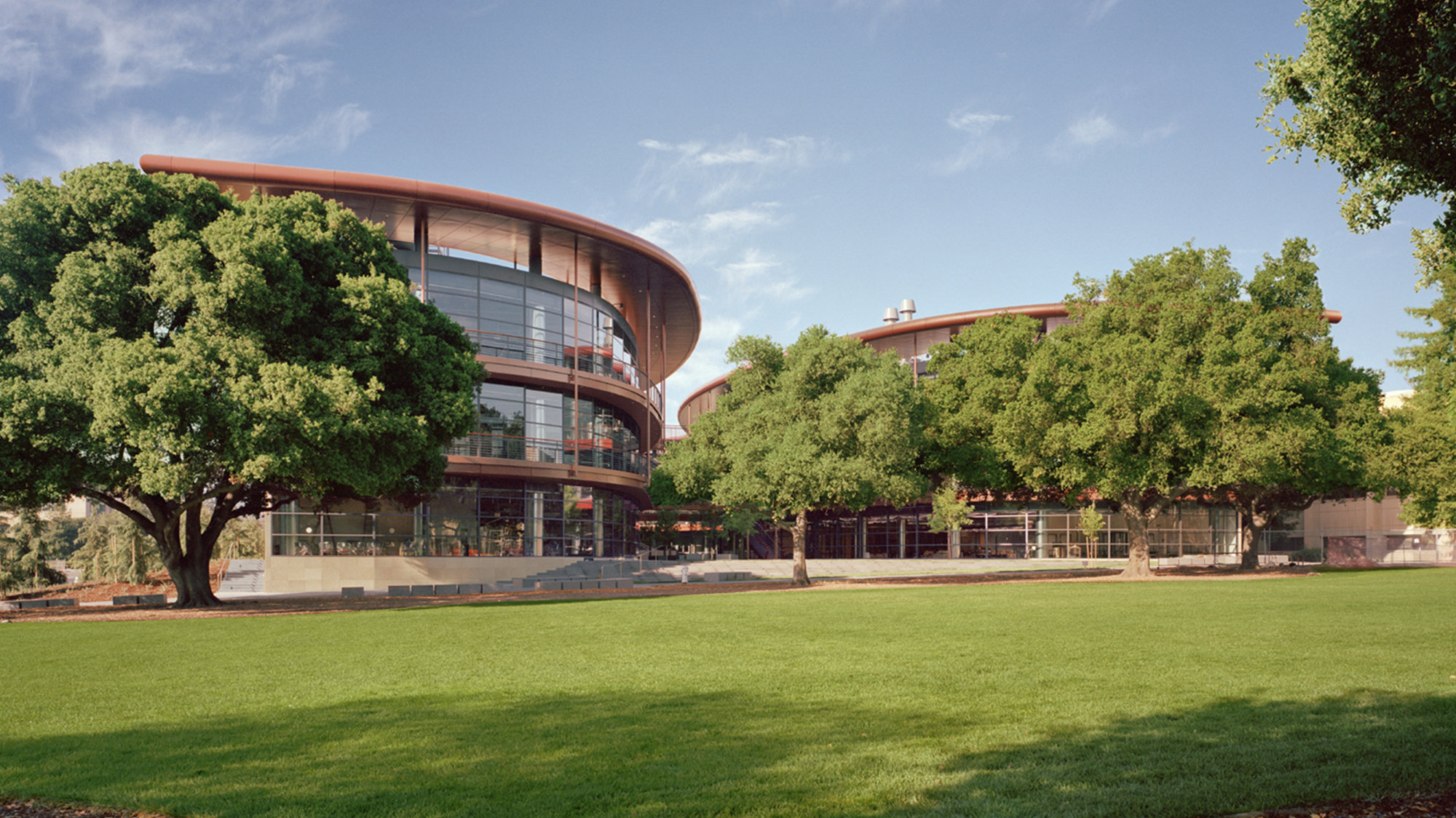The James H. Clark Center at Stanford University in California will house the Bio-X programme, one of the most radical experiments in scientific research in the world. The building, designed by Foster and Partners in collaboration with MBT Architecture and scheduled to open in October 2003, will foster an unprecedented degree of collaboration between scientists from different disciplines in order to meet some of the most pressing scientific and medical challenges of the coming decades. Such challenges can no longer be met by individual disciplines working in isolation, but require the combined expertise of multi-disciplinary teams. The building provides facilities for 700 academics from 23 different University departments working within dynamic teams.
Problems posed by biology will be solved in collaboration with experts from the worlds of physics, chemistry, psychology, genetics, engineering or computer science. Engineers will assist surgeons to create devices that offer an alternative to invasive surgery; surgeons will work with robotics experts to develop remote-controlled robots capable of carrying out surgical operations; and engineers and physicists will design tools to enable psychologists to study the brain's basis of thought.
The building lies at the heart of the Stanford campus between the core campus science and engineering buildings and the hospital and medical facilities. Located on primary routes through the campus and the medical centre, the building will act as a social magnet encouraging chance encounters and informal meetings between lecturers, researchers and students from diverse academic backgrounds.
The research programmes will be in a state of constant flux a dynamic working process that is central to the buildings spatial planning. The lab interiors are a dramatic departure from tradition. The building has been turned inside out, with corridors replaced by external balconies, enabling completely flexible lab layouts. All lab benches and work stations are on wheels and can be moved to allow teams to group and regroup at short notice as research needs change. Work stations and equipment will plug into an overhead unistrut system with exposed services and flexible connections. The buildings transparent walls afford views of the buzzing hive of scientific activity within.
The three-storey building takes the form of three wings of laboratories centred on an open courtyard overlooked by balconies. A forum at the heart of the courtyard will be used for exhibitions, concerts and other events. A large restaurant on the ground floor of the south wing will become a new social focus for the entire University with tables and chairs spilling out onto the courtyard. The siting of a coffee bar on the third floor will force researchers to pass by the highly transparent lab spaces. Structurally the building combines rigidity with flexibility to facilitate the use of highly sensitive equipment such as lasers and also to withstand seismic activity. The buildings rich palette of materials echoes both the red-tiled roofs and limestone faades typical of the Stanford vocabulary of other central campus buildings and the architectural form of the medical centre.









